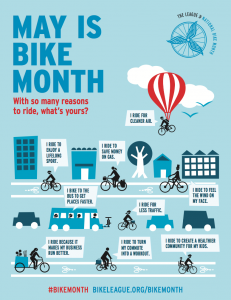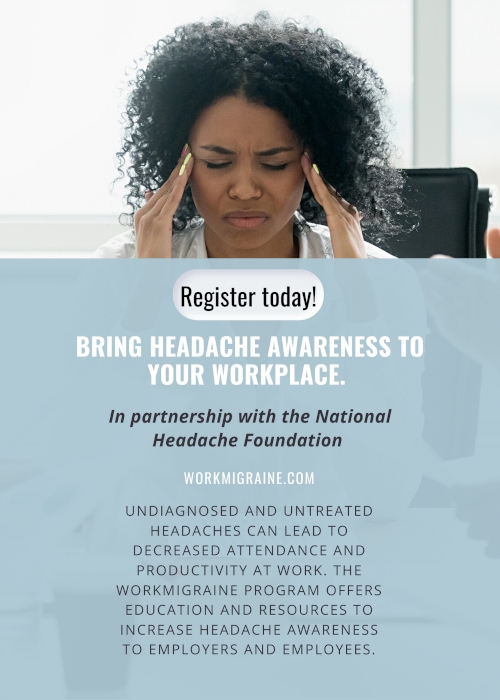How to Boost Your Immunity Naturally
Wednesday, June 30th, 2021
The past year and a half has made us all increasingly aware of our immunity. Some immune systems may be a little weaker after remaining in isolation for so long. There is a very simple and fun way to boost your immunity naturally. All it requires is stepping outside into the sunshine! The benefits of the outdoors are innumerable. Let’s explore just some of the benefits to your well-being both physically and mentally by being outside.
Boost Your Mood

One of the best and most obvious benefits of being out in the sun is vitamin D. Vitamin D is a great defense against illnesses including Covid-19. You can get vitamin D from a supplement, but its most potent source is from the sun itself.
Vitamin D is also a great, natural mood booster! Seasonal depression comes from a lack of vitamin D during the colder months when we may spend more time indoors. So if you ever feel a little out of sorts, go for a stroll in the sunshine or even just sit in the sun.
Not only is vitamin D from the sun a great benefit of being outdoors, so is the fresh air! Oxygen is our literal life force and it is most plentiful in nature. Witnessing the beauty of nature has a calming, peaceful effect. Taking in the sights and sounds of the world around us can remind us of a purpose bigger than ourselves.
Make Your Heart Healthy

Another benefit to being outdoors is getting active! When you move your body, you increase blood flow to your heart. The heart is a large muscle. When we increase our heart rate through exercise, we are increasing the strength of that muscle.
Cardiovascular disease runs rampant throughout our nation. Simply going for a walk, playing a recreational sport, swimming or any light exercise can do wonders to decrease your risk of heart disease.
Exercise also releases lots of good endorphins, further contributing to our well-being. Endorphins block pain receptors and help decrease anxiety and depression. The more regularly you exercise, the better you will feel.
Build Community

Now that many restrictions have been lifted, it’s important to cultivate community. Getting outside allows you to meet the people around you, build relationships and find ways to serve your community.
From waving hello to a neighbor, playing a team sport, or attending an outdoor event, all of these activities contribute to a healthy, happy individual. We were made to be in community. We thrive when we lean on one another for support and comradery.
Being around other people outdoors is still a safer way to congregate in groups as well. Some exchange of “germs” between people is important to build up our immune systems. In small amounts, those germs train our bodies to fight and build antibodies to guard against disease.
A Break from Screen Time
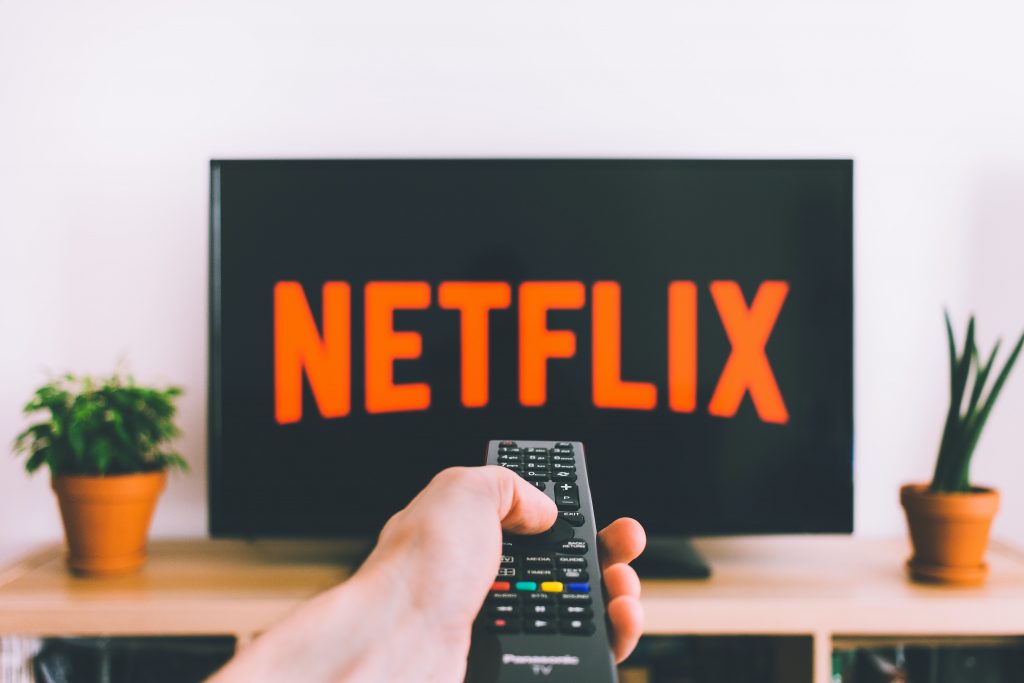
Constant streaming, scrolling, and virtual meetings have us glued to our screens for many hours each day. It’s important for the health of our eyes and our minds to cut it off once in a while. Give your brain a break and clear your mind with some time spent outside.
We spend so much time watching others live life on a screen, we sometimes forget to live it ourselves. There’s plenty of adventure and experiences for you, right outside your door.
Stay Safe in the Sun
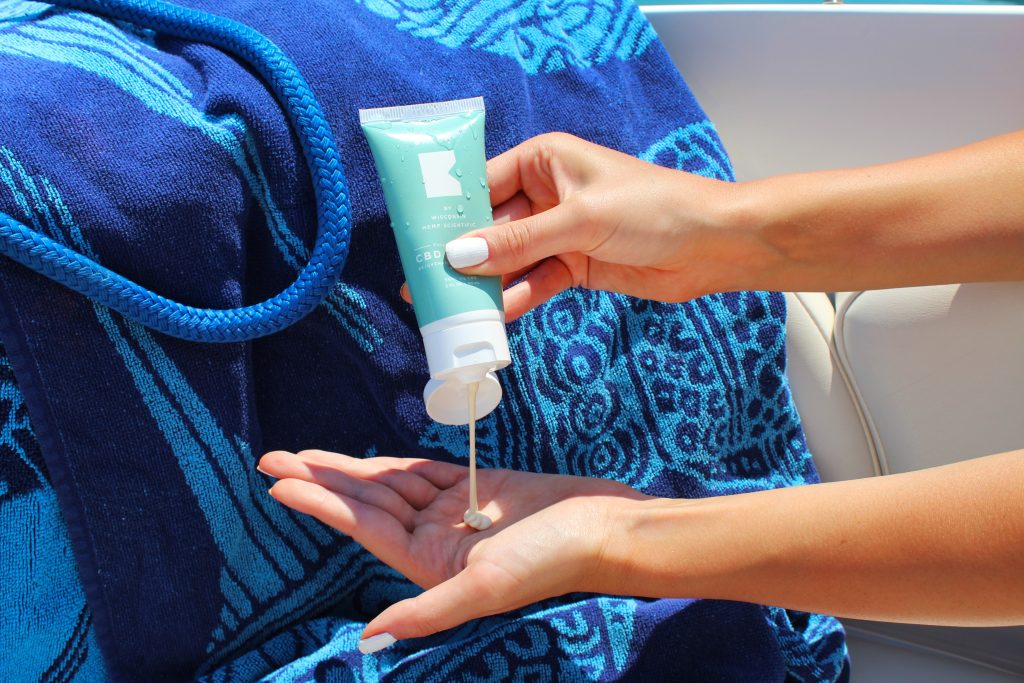
With extra time outside, it’s important to keep in mind some safety precautions. Remember to use sun protection, especially when the sun’s rays are most intense. From about 10 am until 4 pm, the sun is high in the sky and our skin is most likely to suffer damage if left unprotected.
Wear a hat and use a minimum 30 SPF sunscreen when you’ll be exposed to the sun for longer than 10 minutes. As the temperature outside increases, be sure to stay well hydrated. Keep a bottle of water handy at all times.
Make it a goal to get outside for at least an hour each day! It will greatly improve your mood and your overall health.
How to Bring Headache Awareness to the Workplace
Tuesday, May 11th, 2021
Promoting a happy and healthy work environment is essential to having a productive, prospering workplace. Migraines are a common deterrent to both productivity and attendance in employees. Outside of the general stress or tension headaches that plague many people, over 40 million Americans suffer from the neurological disease of Migraine headaches. Many migraine sufferers remain undiagnosed and untreated. Here are some ways to bring education and awareness to your workplace.
- Education and Treatment Options
According to recent studies, 52% of Migraine sufferers remain undiagnosed. Common over-the-counter treatment medications are insufficient to treat the multiple debilitating symptoms associated with Migraines. These symptoms may include nausea, vomiting, sensitivity to light and sound, and difficulty concentrating. All these things make it extremely difficult to work, leading to absences from work which we refer to as “absenteeism.”
Still, others are afraid of being labeled as unreliable and choose to stay at work amidst their symptoms. This leads to a decreased level of performance and a term we call “presenteeism.” Employees are present in the body at their job, but they are working at far less than optimal capacity. Presenteeism accounts for most of the cost to a company due to headaches.

The National Headache Foundation has created a program called “WorkMigraine” with education modules geared towards Employees, HR, and Employers respectively. These modules and resources are influential in educating individuals on headaches and treatment options. They have the potential to significantly decrease the loss of productivity due to headaches.
2. Omit or Minimize Triggers
Creating an environment that is sensitive to the needs of headache sufferers is a simple way to bring wellness to your workplace. If possible, omit or minimize the following triggers of headaches and migraines:
- Stress – promote a healthy lifestyle and relaxation techniques.
- Noise – minimize loud talking, music or machinery. Provide earplugs if needed.
- Light – flickering fluorescent lights can be problematic. A more indirect light source may be beneficial. Consider encouraging employees to use blue light glasses to help with computer screen glare.
- Odors – enforce a cologne-free workplace. Ensure there is proper airflow and fresh air. Designate a specific area for eating, away from workspaces.
- Posture – use ergonomic chairs and desks. Offer standing desks for those who may benefit from that option.
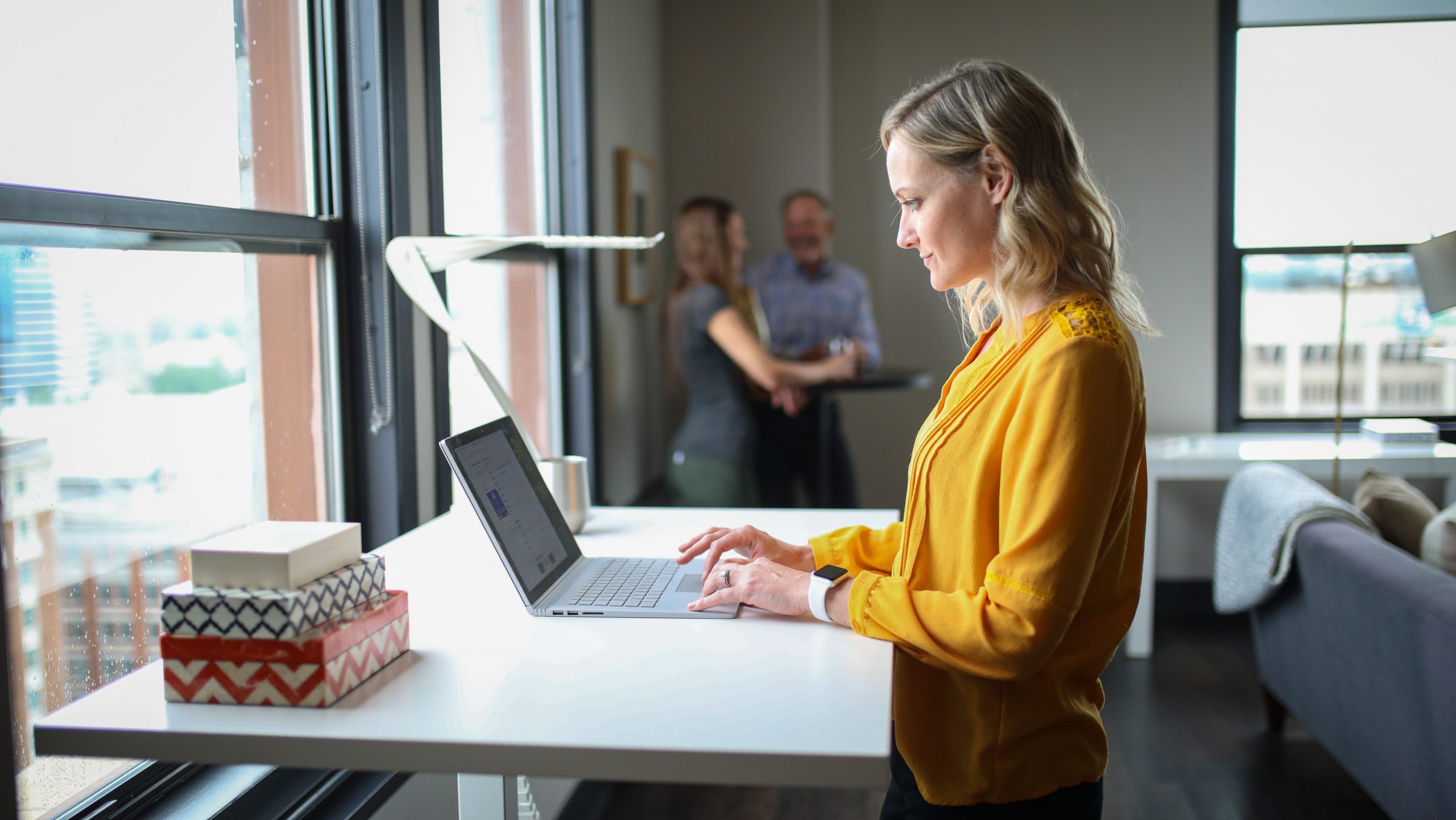
Some headaches may be avoided by limiting these common triggers. In addition, providing a dark, quiet space for employees who are struggling with headaches may prevent them from getting worse. This can allow an employee to recover quickly and be able to get back to work.
If all else fails, understand that an employee at work suffering from a migraine will not perform well. Encourage them to seek treatment and rest.
3. Have an Open Dialogue
Open communication with your employees is essential to good morale and finding solutions to any problems. When an employee can partner with their employer to come up with a plan, there can be progress. Have an open dialogue with employees about their specific headache triggers. Provide encouragement to seek treatment from a healthcare professional. Go over options for sick days and ways they can make up time they may miss due to their headaches.

Migraine sufferers are not unreliable. They have a neurological disease that needs attention and treatment. It is difficult to see the symptoms of a migraine outwardly, but with open communication, absenteeism and even presenteeism can be lessened and even avoided.
Visit The National Headache Foundation for more information and resources on Headache Awareness and the WorkMigraine program.
Health Benefits of Massage
Saturday, June 27th, 2020
Each July we observe Every Body Deserves a Massage Week to promote the health benefits of Massage in our communities. Often we think of massage as merely a luxury or spa type of experience. However, we will see that given its health benefits, it’s much more than that. More than just loosening tight muscles and being relaxing overall, massage can provide some real relief from a variety of health issues.
Health Benefits of Massage
Increase in Serotonin Levels
Massage has been found to increase serotonin levels in the brain, our brain’s “happy” chemical. More serotonin production has led to a decrease in chronic pain like fibromyalgia sufferers. It’s also shown to help decrease back pain, headaches, and even arthritis. Massage has been known to lower inflammation throughout the body, alleviating many conditions stemming from inflammation.

Rising levels of serotonin can also contribute to a better night’s sleep. Those who suffer from insomnia have found massage to be a great natural alternative to the many habit-forming medications currently prescribed as sleep aids. There are no long term side effects to massage as there are with narcotics making it a much safer choice.
A Decrease in Cortisol Hormone
Cortisol, our stress hormone, is responsible for much of our body’s ailments. Massage has a relaxing effect that decreases stress. This alleviates tension headaches, lower back pain, anxiety, and even depression.
A drop in cortisol levels can also help decrease blood glucose, making it extremely beneficial to diabetics. The increased blood flow provided by massage helps promote the effectiveness of insulin in the body, providing better blood glucose levels.
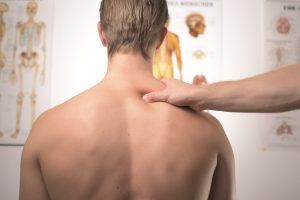
Increased circulation and decreased inflammation can also contribute to a better range of motion and flexibility. People with high blood pressure have also found frequent massage to be effective in lowering blood pressure.
Stimulation of The Lymphatic System
The lymphatic system carries fluid throughout the body. Health conditions that interrupt this flow contribute to swelling and lymph fluid build-up. Things like infections and cancer treatments can damage lymph nodes and create problems like lymphedema. Certain types of massage help to improve the lymphatic system, restoring the body’s natural processes.

As with any medical treatment, it’s best to consult with your physician about what methods might be best for you. Most of the health benefits listed here are found through regular massage treatments. Please visit our Wellness Observance Calendar for more information on Massage and to stay up to date on future health observances.
UV Safety Tips: Simple Ways to Protect Yourself from Harmful UV Rays
Tuesday, June 23rd, 2020
We all know we need to protect ourselves from the sun. UV radiation can be harmful to our skin in multiple ways. It speeds up the aging process, suppresses the immune system, can cause sunburn, and increases our risk for skin cancer. Even synthetic UV rays from tanning beds can cause harm to our skin often creating an even higher risk of skin cancer.
During the month of July, we observe UV Safety Month. Throughout the month we will spread awareness about various ways to protect ourselves from harmful UV rays. Are you providing yourself and your loved ones with full protection? We want to share a few tips to make sure you aren’t missing anything.
Seek Out the Shade

During the Sun’s most direct rays, between 10 am and 4 pm, it’s important to seek out the shade when possible. If there’s no shade available, bring your own! A broad-rimmed hat or ball cap can provide extra shelter from the sun for your face. The skin on your face is one of the most vulnerable to the sun since it is always exposed.
Remember that UV rays may still be able to reach you, even in shade. This is most likely when you are near reflective surfaces like sand, snow, or water. So wear your sunscreen even in the shade.
Understanding SPF: Sun Protection Factor

What SPF should you be looking for in your Sunscreen? What does it even mean? SPF or Sun Protection Factor indicates how long you will be protected in the Sun. If you wear an SPF of 10, your skin will take 10 times longer to burn than it would if left unprotected. However, the FDA recommends using a minimum SPF of 15 and most doctors recommend a 30 SPF minimum.
No matter what SPF you choose, experts also say you should reapply every 2 hours. More frequent reapplication may be necessary when swimming or excessively sweating.
It’s also important to note that SPF only protects against UVB rays. UVB radiation damages the skin causing sunburn. But UVA rays penetrate deep into the skin causing aging and also posing the risk of skin cancer. Choosing a sunscreen labeled, “broad spectrum” or “full-spectrum” will protect against both UVA and UVB rays.
Don’t Forget these Hidden Spots

It’s easy to remember that we need sunscreen on our shoulders, back, arms, and legs. What about those places we commonly miss? Be sure to protect your ears, the part in your hair, and the tops of your feet. Lips are another important, but easily forgotten part of the body to protect. Wear a lip balm with SPF and reapply frequently.
Harmful UV rays are partly responsible for vision-related problems like macular degeneration and cataracts. So be sure to protect your eyes with sunglasses specifically labeled with 99% UV protection.
More UV Safety Tips
For more information on UV Safety Month, visit our Wellness Observance Calendar. You can also receive a free download of our entire 2020 Calendar to stay up to date on future Wellness Observances throughout the year.
5 Reasons Why People Don’t Exercise
Monday, March 30th, 2020
This May is National Physical Fitness and Sports Month. We know that exercise is such a crucial element to good health. However, approximately 70% of people in American are overweight and out of shape. Heart disease is still our number one killer and the average American spends five hours in front of a television screen daily. This wellness observance is an excellent time to promote fitness at any level and work to lessen those numbers. Here we will address some common reasons why people may not exercise and offer some suggestions to overcome them.
Reason #1. “I have no time to exercise.”

This is perhaps the most common misconception about exercise. Many of us have very busy, hectic schedules. But the reality is that what we make time for reveals our priorities. You may think you have no time to exercise, but do you have time for all the health complications that may come from a sedentary lifestyle?
Time is relative. Each of us has twenty-four hours in a day. Take a look at your daily calendar and make a note of what you actually do to fill each hour. You may not have time to devote two hours at the gym every day. However, nearly everyone has ten to twenty minutes a day. You can take a brisk walk on your lunch break or after dinner each night.
Often times we believe that if we can’t do something the “right” way or invest in it the way we think we should, we can’t do it at all. But if we truly understood the value of consistency over time, we would realize how even small efforts make a big difference. Where our health and fitness is concerned, 20 minutes a day of exercise can make all the difference in the world.
Reason #2. “I can’t afford a gym membership or personal trainer.”
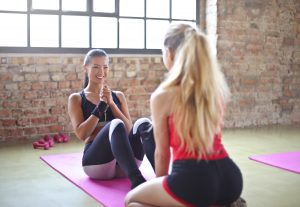
With technology being what it is today, you really don’t need a gym membership to get in shape. You may still enjoy the social, community aspect of fitness. Join a Facebook group or on-line fitness group. Accountability is great, but it doesn’t have to cost money. Even meeting up with a friend can be a great way to stay motivated and get healthy together.
There are plenty of workout videos for free on platforms like YouTube and Pinterest. Find your favorite fitness blogger to follow on Instagram for diet and exercise tips and programs. The number of resources is plenty, but that can also be overwhelming, especially to a beginner. Start small and go from there. Perhaps choose one workout plan or video to stick with first and then branch out as you progress in your fitness.
You don’t really even need technology or a gym. Just get outside and move your body! Have a private dance party in your own bedroom, play a game of basketball, go for a swim. The main idea is just to get up and move every single day. Get your heart-rate up and build muscle. Your body will thank you for it.
Reason #3. “I have bad knees/back/other health issues.”
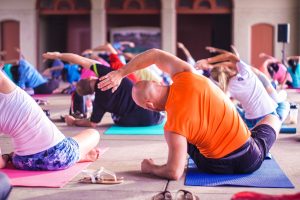
It’s certainly a legitimate concern when you have underlying health issues that make it more challenging to exercise. However, it’s only more detrimental to your health to let them stop you. Be sure to consult your doctor about what exercise may be beneficial to you. Do you have bad joints? Exercises like walking, the elliptical machine or swimming may be your best options. There are even some seated workouts available.
Don’t hesitate to modify strength training exercises to fit your needs. When you are carrying a lot of extra weight, it can be difficult to perform certain exercises. Modification is a great way to get started. Gradually, as your fitness level improves, you may not need to modify. Many of your current health issues may even disappear as your habit of exercise increases your overall health.
Reason #4. “I have too much weight to lose. It won’t make much of a difference.”
It can be overwhelming to start an exercise program when you feel you have so far to go. Set small, incremental goals for yourself. Don’t expect changes in your body overnight. Your main goal in creating a habit of exercise should be just that – creating a habit. Exercise is part of a lifestyle. Losing weight or gaining muscle can be great benefits, but they should always come secondary to your health.
Take it one day a time and celebrate what your body is capable of doing! When you exercise, it isn’t to punish yourself for eating poorly. Exercise is a way to care for your body and your health.
Maybe you’re already thin and think you don’t need exercise. Thin does not equal healthy! Your heart and lungs still need exercise. Exercise is not about weight, but about health.
Reason #5. “I just don’t like to exercise.”

Maybe you genuinely just don’t like exercise. That’s fair! But if you don’t like to do something, it is very easy to find reasons not to do it. If you don’t like an exercise, don’t do it! Find something you do like to do. Don’t like running? Don’t run. Simply walk or ride a bike. Take a dance class or take up yoga. You have plenty of options to choose from. Exercise can be fun! You just have to find the right fit for you. The more you enjoy it, the more likely you are to stick with it!
Visit our National Wellness Calendar to learn more about National Physical Fitness and Sports month.
Read our Wellness Blog on Promoting Observances in your workplace.
Promoting Bike Month in the Workplace
Saturday, March 21st, 2020
There’s a growing movement that increases health, builds community and decreases pollution – bicycling! Each May since 1956, we observe Bike month to encourage this movement to grow and spread health and wellness. In 2020, Bike to Work Week will be May 11–17, with Bike to Work Day on Friday, May 15. This is a very simple health activity that you can encourage in your workplace in a variety of ways. Healthier and more active employees are happier, more productive employees. Did you know that 40 percent of all commutes are two miles or less? That makes them the perfect length for a bike ride!

Bike Events
Planning a Bike Month Event is a great way to promote National Bike Month! The League of American Bicyclists has lots of resources for event ideas and promotional materials. Here are just a few ideas!
CAR VS. BUS VS. BIKE COMMUTER RACE –
Organize a race between cyclists and other commuters. Everyone leaves at the same time, with the same destination, but take very different routes. Surprisingly, cyclists usually win! It’s a great way to show one of the many benefits of taking a bicycle to work. Many first-time bike commuters become regular cyclists afterward.
BREAKFAST OR ENERGIZER STATIONS –
Set up stations in various neighborhoods where bicycle commuters can stop by for breakfast! You can even ask local restaurants to donate food for the event. Providing reflective bands or blinking lights and additional bike “swag” is another fun way to promote the event.
NATIONAL BIKE CHALLENGE –
Bike Week and Bike to work day are great, but signing up for the National Bike Challenge keeps it going all month. Encourage your employees to register online at www.nationalbikechallenge.org where they can track their miles, build community, and even win prizes! It’s a fun way to be competitive and incentivize bike riding.

Benefits of Bicycling
HEALTH –
80% of all cyclists say their health has improved since beginning to bicycle. With obesity on the rise, bicycling to work is a great way to get regular exercise into a busy schedule. Those who bicycle are typically leaner, fitter, have lower blood pressure and healthier cholesterol levels.
Stress levels also decrease with bicycle commutes. It can be very freeing and relaxing to go on a bike ride. Typically, cyclists are also able to avoid traffic congestion which can be a huge cause for stress for regular car commuters.
SAVE MONEY –
According to an analysis by the League of American Bicyclists, Americans saved more than $4.6 billion by bicycling instead of driving in 2012 alone. Bike commuters avoid parking ticket costs, gasoline prices, and various other car maintenance expenses. The cost of a year’s bike maintenance is a mere $300-400 as compared to an average of more than $8,000 for a car.

ENVIRONMENT/ECONOMY –
Cars are the number one contributor to environmental pollution. Short trips in the car are more harmful to the environment than longer ones. So switching to bicycles for those shorter trips cuts down on 3.6 pounds of pollutants per mile!
Besides air pollution, parking costs and space are exponentially less for bicycles. Ten bikes can fit in one parking space. The cost of parking is astronomically more for cars than bikes. Parking for 75 bikes can be constructed for the same price of 4 cars.
Studies have shown that cyclists stop by local businesses more frequently and spend more money there. Bicycle commuters also take 15% fewer sick days and are generally more productive at work.
For more resources and information on National Bike Month, Bike Week, and Bike to Work Day, visit our National Wellness Calendar.
How to Bring Wellness to Your Workplace
Tuesday, February 11th, 2020
IAB Health Productions was founded as a tool to bring Wellness into the Workplace. We believe wellness education is important, given the amount of time individuals spend in the workplace and the impact health has on employee performance and associated benefits cost. At IAB, we promote workplace wellness in various ways: through our corporate health fairs across the nation, our National Wellness Calendar downloads, monthly Wellness Newsletter, blog posts, and a variety of social media platforms.
We utilize our social media accounts to highlight wellness observances and promote our health fair events to vendors. But how can you make the most of them? Here are some ways that you can achieve Wellness in your Workplace.
2022 Wellness Observance Calendar
We provide perhaps the most comprehensive list of Wellness Observances and resources available on the internet. Each year it is updated with new links and information to benefit you most.
We highly recommend staying ahead of the curve and planning the observances you want to highlight in your office setting. Not every observance will be relevant to every place of employment, but there is plenty to choose from.
Many of the resources listed have posters and infographics available. These are excellent tools for your workplace education that you can post on bulletin boards and in break rooms. Think of common areas where employees will frequently see the information and be able to apply it to their personal health.

Downloading our Wellness Calendar will also give you access to our monthly email newsletter. Newsletters highlight upcoming wellness observances a month in advance, giving you plenty of time to gather resources and information for your employees. We’ll also provide links to relevant wellness blog posts that include in-depth information about carefully selected wellness topics.
Utilize our Free Health Fair Planning Tools
 As an employer or broker for a company, you are eligible to use our FREE health fair planning tools. Corporate events of any kind can be time-consuming and exhausting to plan. From the very beginning of IAB’s inception, we’ve done our best to simplify that process for you.
As an employer or broker for a company, you are eligible to use our FREE health fair planning tools. Corporate events of any kind can be time-consuming and exhausting to plan. From the very beginning of IAB’s inception, we’ve done our best to simplify that process for you.
Rather than spending time hunting down appropriate vendor booths for your Health Fair, we take care of promoting the event and capitalizing on relationships with vendors that we’ve already built. You’ll also have the option to use some tried and true vendors that you know you want, and approve or deny any who apply to participate.
Once you’ve registered your free account with us, you’ll receive personalized instructions on how to move forward in the process. We’ll help you every step of the way. There is no charge to you for these services. The fees paid by the vendors cover those costs.

Many of our Vendors also offer Health and Wellness Workshops that can be offered on-site at your workplace. We have a database available for you to search for desired health topics and instructors.
Share Information
You can locate IAB Health Productions on Facebook, Instagram, Twitter, and LinkedIn. We post about each upcoming event that is accepting vendors, giving opportunities for multiple health care providers in each area to participate. We also emphasize important Wellness Observances each month, linking to Wellness Blogs and our Wellness Calendar.

These observance posts are always filled with key information about the importance of each specific issue. The posts are easy to share and a great reminder for what’s being talked about in the health and wellness arena at that particular time of year.
Our main goal is in bringing Wellness to the Workplace. We want to make sure that you are equipped with as many resources and opportunities as we can possibly provide. We welcome your feedback! How can we do more to help you spread awareness in your place of employment? IAB is always seeking new and effective ways to help people stay healthy and informed.

